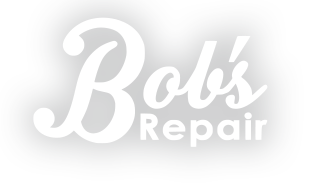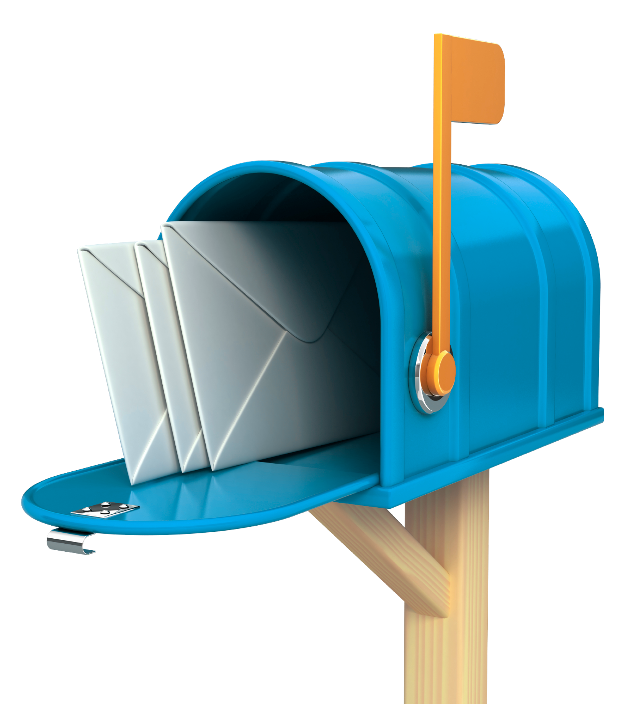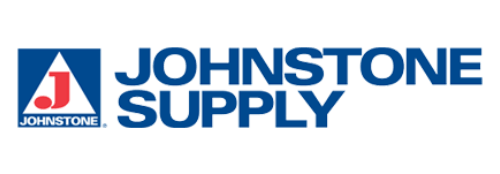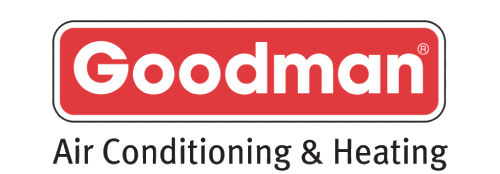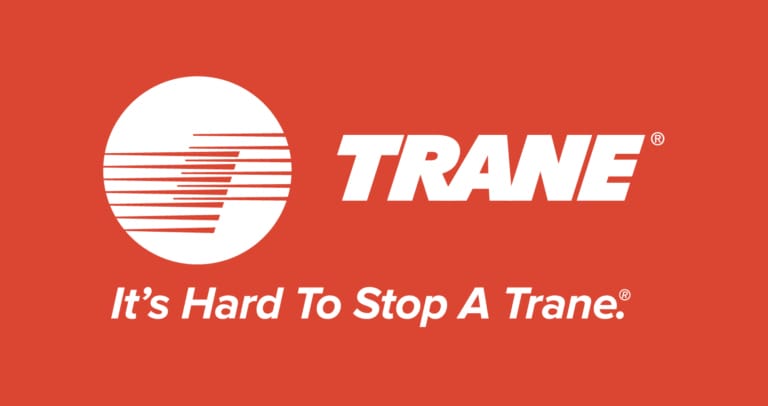Understanding Your Outdoor AC Unit
The outdoor part of an air conditioner, often referred to as the outside AC unit, is a crucial component of the overall air conditioning system. It houses the condenser, condenser coils, and other vital parts that play a key role in cooling your home. Regular maintenance, including cleaning, ensures that the AC performs at its peak efficiency.
Importance of Cleaning Your AC Unit
Over time, your outdoor Air conditioning unit can accumulate dirt, debris, and other contaminants. This can lead to clogs in the condenser coil, reducing the efficiency of your air conditioning unit. Cleaning the outside unit is an essential part of regular HVAC maintenance that can prevent costly repairs or replacements.
How to Clean Your Outdoor AC Unit
Before starting, remember that cleaning an outside AC unit can be a complex task. If you’re uncomfortable performing any of these steps, don’t hesitate to give us a call. Our team of trained professionals at Bob’s Repair are always ready to assist.
Here’s a step-by-step guide on how to clean your outdoor AC unit:
- Disconnect the Power: Safety first. Turn off the breaker to the AC unit before you begin any cleaning or maintenance work.
- Remove Debris from the Outside Unit: Inspect the outdoor unit for any visible debris. Remove any leaves, grass, or other debris that may have accumulated around and on top of the unit.
- Clean the Condenser Coil and Fins: Open the unit according to the manufacturer’s instructions and locate the condenser coil. Use a soft brush to gently remove dirt and debris from the coil and condenser fins. Be careful not to bend or damage the fins during this process.
- Apply Coil Cleaner: Apply a commercially available coil cleaning solution according to the manufacturer’s instructions. This helps remove any stubborn dirt or debris that isn’t easily removed with a brush.
- Rinse the Coil: After allowing the coil cleaner to sit for the recommended time, rinse the coil carefully using a garden hose. Do not use a pressure washer as it can damage the fins.
- Check and Clean the Condensate Drain: Inspect the condensate drain for any clogs. A clogged drain can cause water damage and affect the humidity levels in your home. If there’s a clog, a professional may need to clean it.
- Reconnect the Power: Once everything is clean and dry, reconnect the breaker to restore power to the AC system.
Regular Maintenance for Your Air Conditioning System
In addition to cleaning, your air conditioning system may need other regular maintenance. This can include checking the refrigerant levels, inspecting the electrical components, and ensuring the system is operating at peak efficiency. Regular maintenance of your heating and air conditioning system can extend its lifespan and prevent costly repairs down the line.
Remember, if you’re ever unsure about how to clean an air conditioner yourself, Bob’s Repair is here to help. Our skilled HVAC professionals can provide comprehensive service for your air conditioner, ensuring it’s ready to keep you cool all summer long.
